One of Barcelona’s must-see sites is Montjuïc Park, famous for its breathtaking panoramic views over the city. This hill underwent a complete transformation before the 1929 World’s Fair. Palaces, botanical gardens, pavilions, stadiums… you name it! Most of the installations were temporary, as is often the case with such events, but some buildings remained and they now host various museums. Here you’ll find the Palau Nacional, home to the National Art Museum of Catalonia, the Montjuïc Castle, built in 1640 to keep watch over the city, the Joan Miró Foundation, and of course, the famous Magic Fountain, with its free hour-long sound and light show! The fountain is about a 10 minute walk from Plaça d’Espanya, if you follow the Reina Maria Cristina avenue. There’s a cable car service connecting the port to Montjuïc hill. At the top, you can take in the stunning views.
The bullring
On Plaça d’Espanya, you’ll also see the city’s former bullring, now transformed into a six-floor shopping centre. This is worth a visit not only for the big-name shops, but also for its temporary exhibitions, bars, flamenco shows, rooftop terraces, and their 360° views.
Mount Tibidabo
Mount Tibidabo is another iconic site near Barcelona, known for its vintage theme park overlooking the city and the magnificent neo-Gothic Sacred Heart Church. You can get there by taking the blue tram and funicular. The park is at the summit of Barcelona’s tallest hill, at an altitude of 512 metres. Incredible views of the surroundings are guaranteed!
Beaches
One of the best ways to enjoy Barcelona is by the sea. Feel free to wander around the port and beach in Barceloneta, an Italian-style neighbourhood for its bars and lively vibe. You can also head to the Poblenou district, which was fully revamped for the 1992 Olympics and is generally less crowded. It’s a great dining spot, with a more local atmosphere. Seaside resorts around Barcelona are also very easy to reach, in case you’re after wild beaches. North of Barcelona is Blanes, the entryway to the beautiful Costa Brava. Or, 20km south of the city is Castelldefels, another stunning seaside town. Continuing along the coast, you’ll reach the gorgeous Sitges, a town known for its promenade, beautiful beaches, and lively bars.
Montserrat Abbey
One visit you really shouldn’t miss is the Montserrat Abbey, in the national park of the same name, just 50 km from Barcelona. This mysterious mountain is popular with hikers and home to a spiritual Benedictine abbey. You can enter the basilica for free and admire the famous Black Madonna, said to have healing powers. The boys’ choir is also renowned and performs twice daily. There’s also an art museum with works by Dali, Picasso, Miró, Chagall, and Monet. Perched in the mountains, the monastery is a great starting point for outdoor activities like hiking and rock climbing. For a stunning view over the valley and monastery, head towards the cross of Sant Miquel. And if you’re up for a hike, take the funicular to the start of the Sant Jeroni trail, leading to the highest peak of Montserrat.
Delta del Llobregat
The Delta del Llobregat is perfect for nature lovers and birdwatchers. A protected wetland area with extraordinary biodiversity, it spans 145 hectares of beaches, lagoons, marshes, meadows and pine forests. The area is full of observation points and educational panels. More than 360 species of birds stop here during their yearly migration. The delta is listed as a globally important site in scientific records and a special protection area for birds.
Alella
Wine lovers, we haven’t forgotten about you! Just 15 km from Barcelona lies the small town of Alella. Its sunny hills have been covered in vineyards since Roman times. Known for its winemaking and harvest festival, it’s the perfect spot for a wine trail full of art and culture.
Tarragone
A little further out is Tarragona. This UNESCO World Heritage Site is a one-hour train ride away. If you visit, you’re in for a journey through time. You’ll see stunning Roman ruins with sea views, charming medieval alleys, impressive religious buildings and beautiful beaches. All this in a modern city filled with shops and restaurants.
Special treats for Gaudi’s fans
Hospital of the Holy Cross and Saint Paul
If the city’s modernist architecture has left you wanting more, then visit the Hospital of the Holy Cross and Saint Paul, recognised as a UNESCO World Heritage Site. Designed by the prominent architect Lluís Domènech i Montaner, its construction began in 1901. It’s one of the city’s most impressive buildings, and isn’t overflowing with tourists. This former hospital has recently been renovated, and you can go inside for free. You can make use of their guided tour or explore for yourself. Either way, this place will leave you amazed!
Colònia güell
Just 23km south-west of Barcelona lies Colonia Güell, in the Santa Coloma de Cervelló municipality. After moving his factory to the Barcelona suburbs, entrepreneur Eusébi Güell financed the creation of this company town, where his employees could live. His close friend Antoni Gaudí helped him create a place with better conditions for workers, by blending comfort and beauty in one place. It’s only a 20-minute train ride away from Barcelona, and you can roam freely around the town, discovering the church and its crypt designed by Gaudí, showcasing all of his main architecture styles.
Terrassa
The small town of Terrassa is another great visit, about thirty kilometres from Barcelona and easily accessible by train. Situated at the entrance of Sant Llorenç del Munt i l’Obac Natural Park, its medieval origins and modernist architecture blend together beautifully. You’ll see the intriguing Masia Freixa, initially a textile factory, then a residence, and now a tourist office. The Museum of Science and Technology of Catalonia is another must-see in the town. Housed in a former steam factory, today you’ll see all of its impressive mechanical workings during your visit. Finally, feel free to stroll through Casa Alegre de Sagrera. You can admire its stunning modernist stained-glass windows, orante ceilings, and elegant decor. You’ll be taken back to the start of the 20th century, when bourgeoisie textile families lived here.

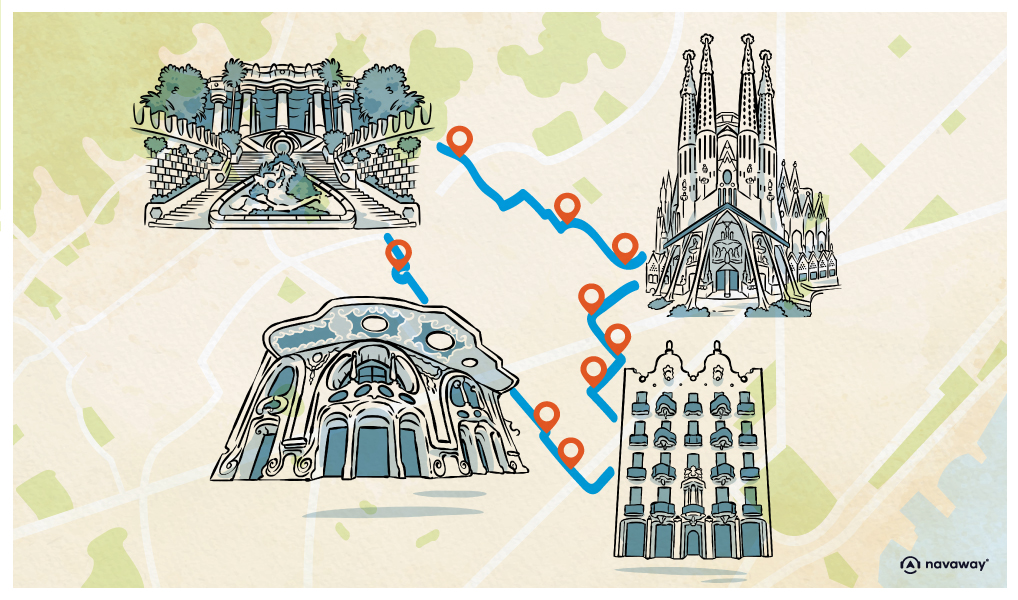
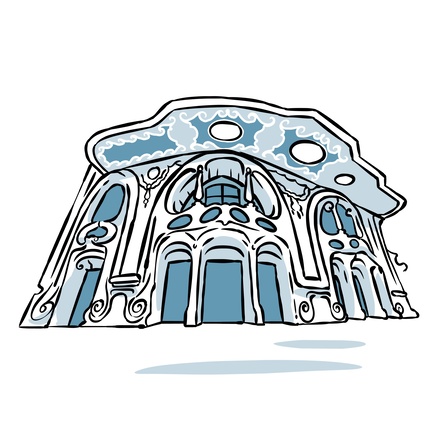
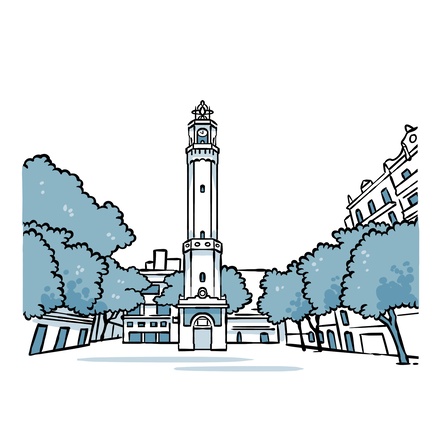
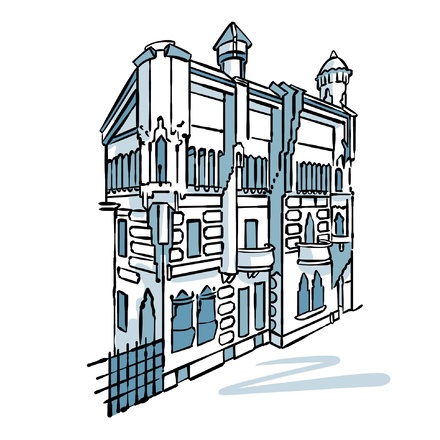
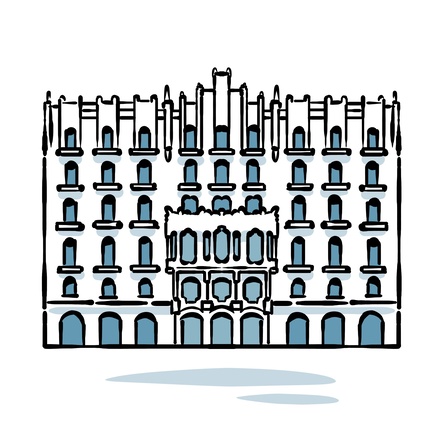
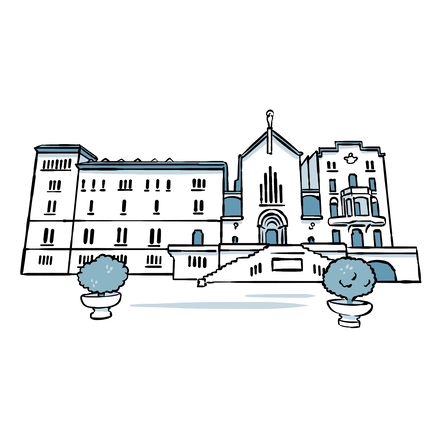
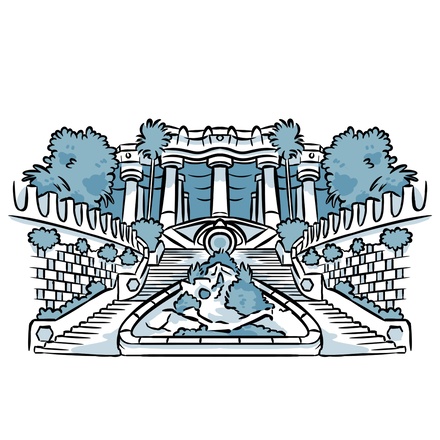
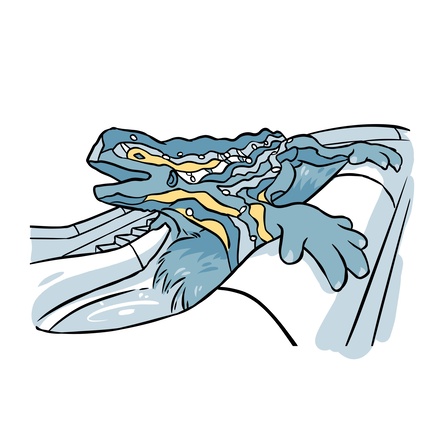

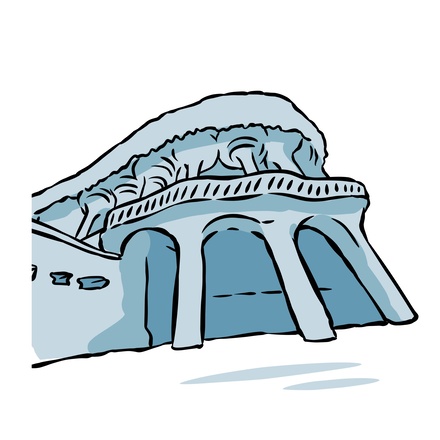
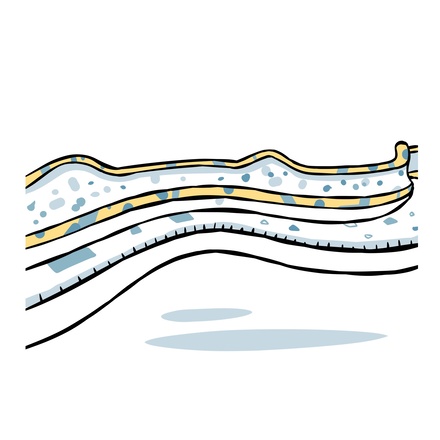
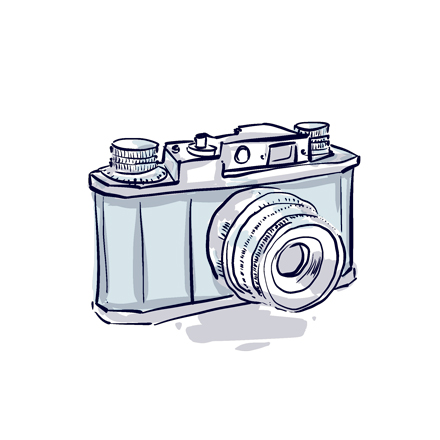

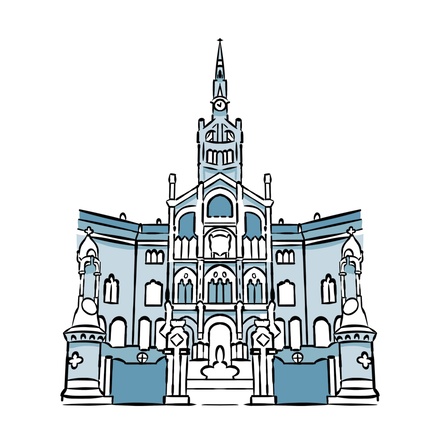
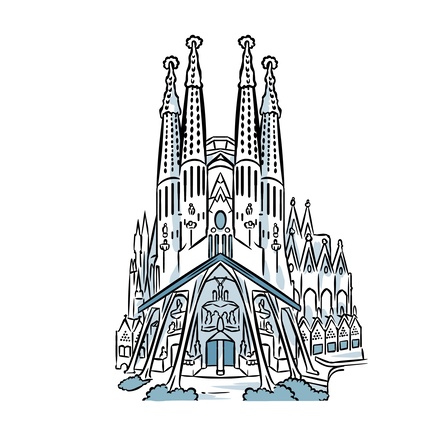
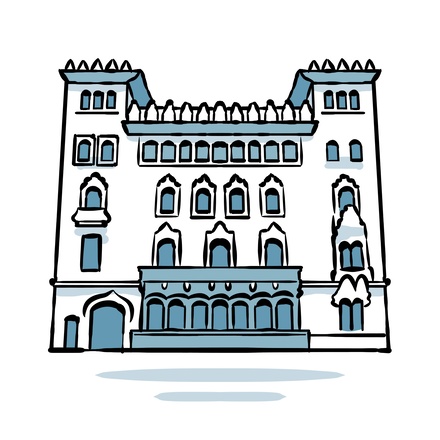
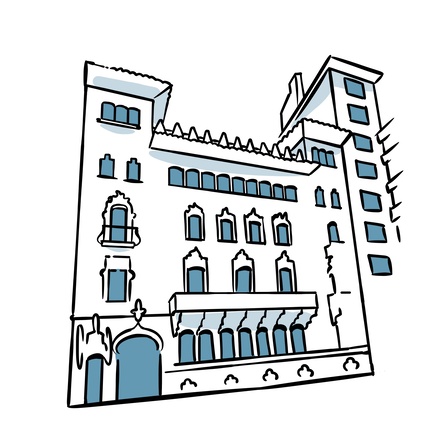

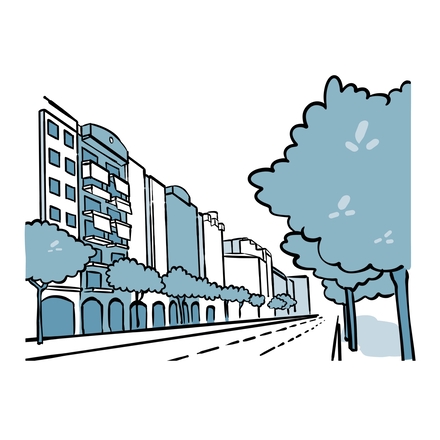
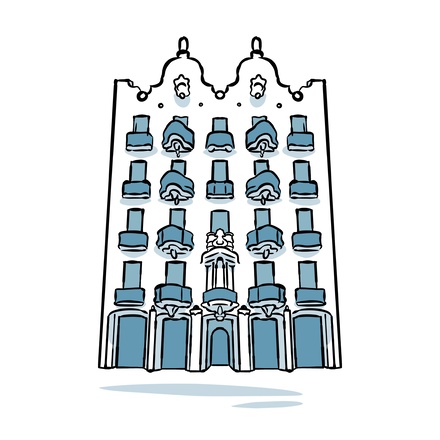
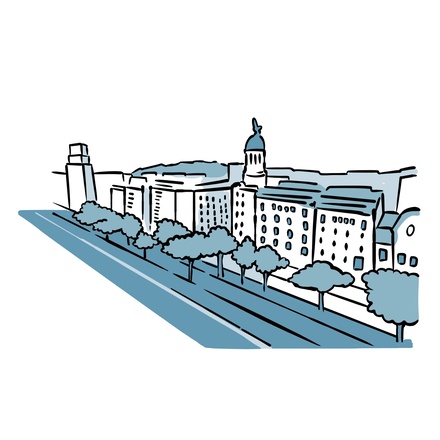
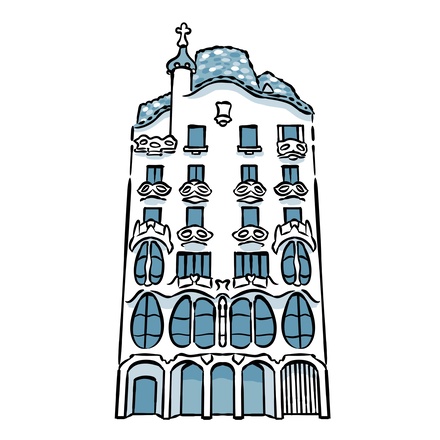


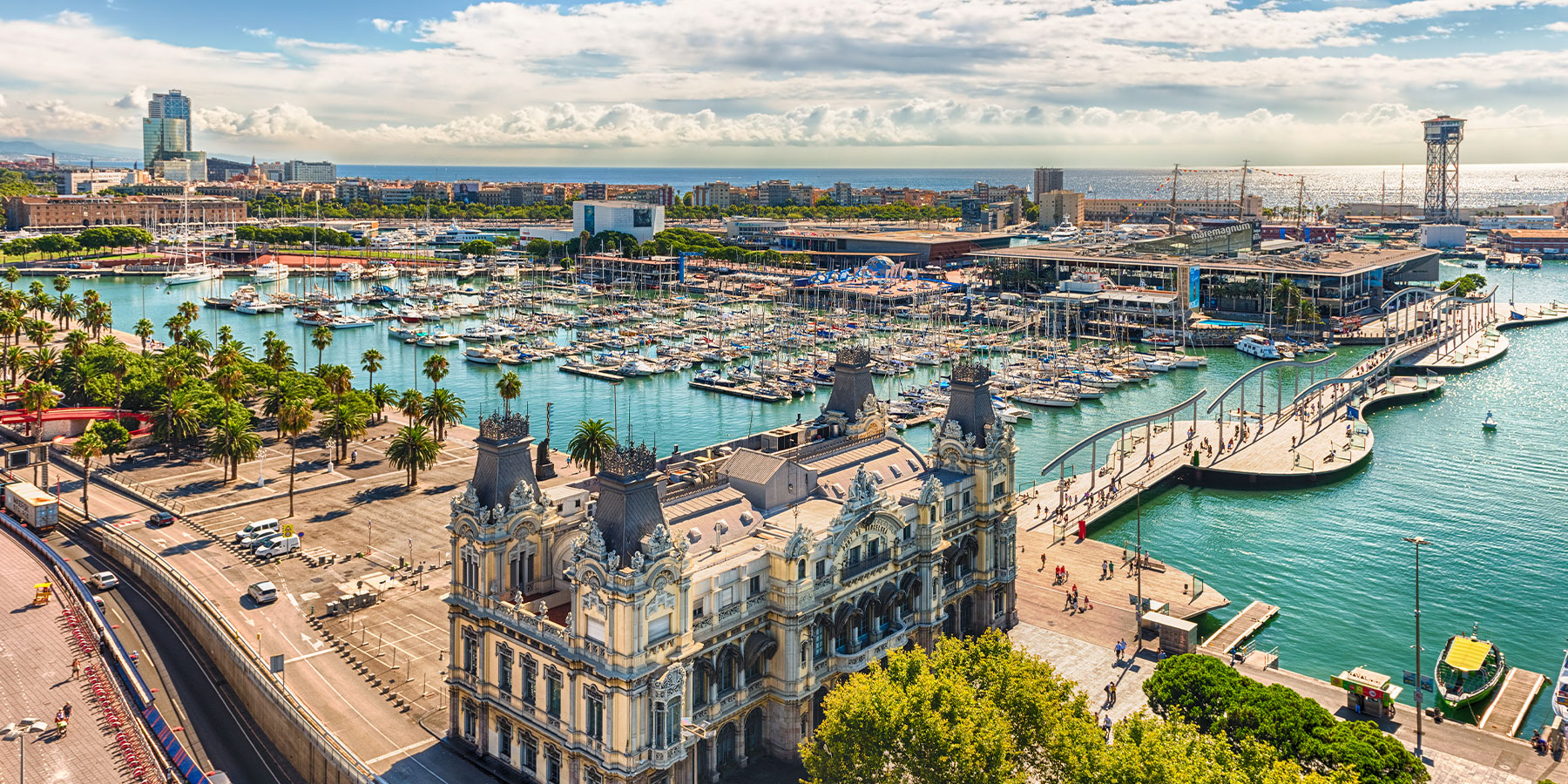
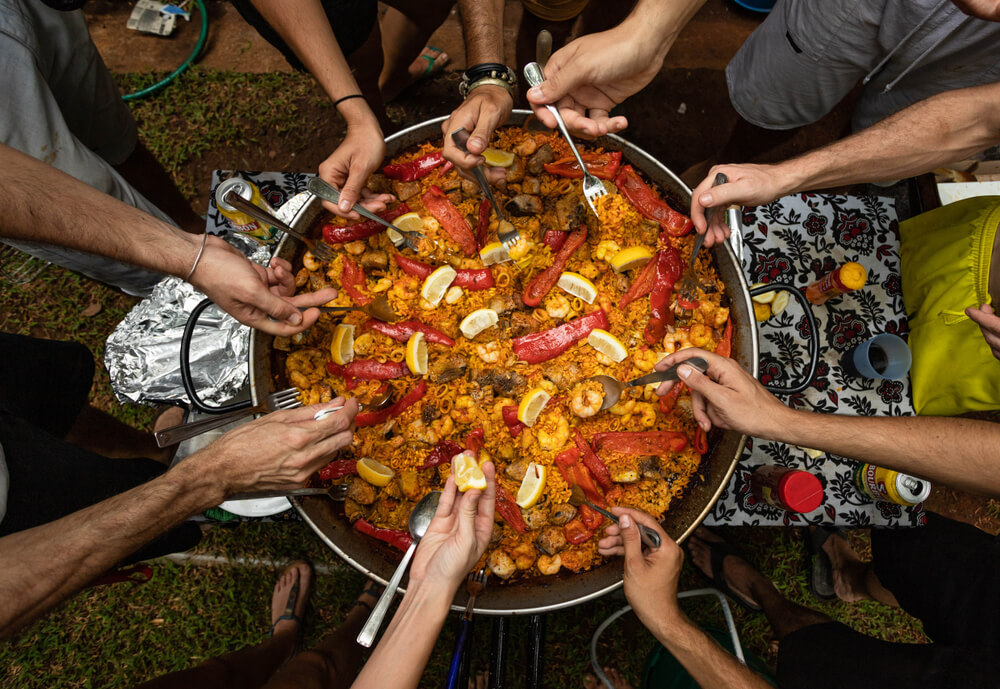

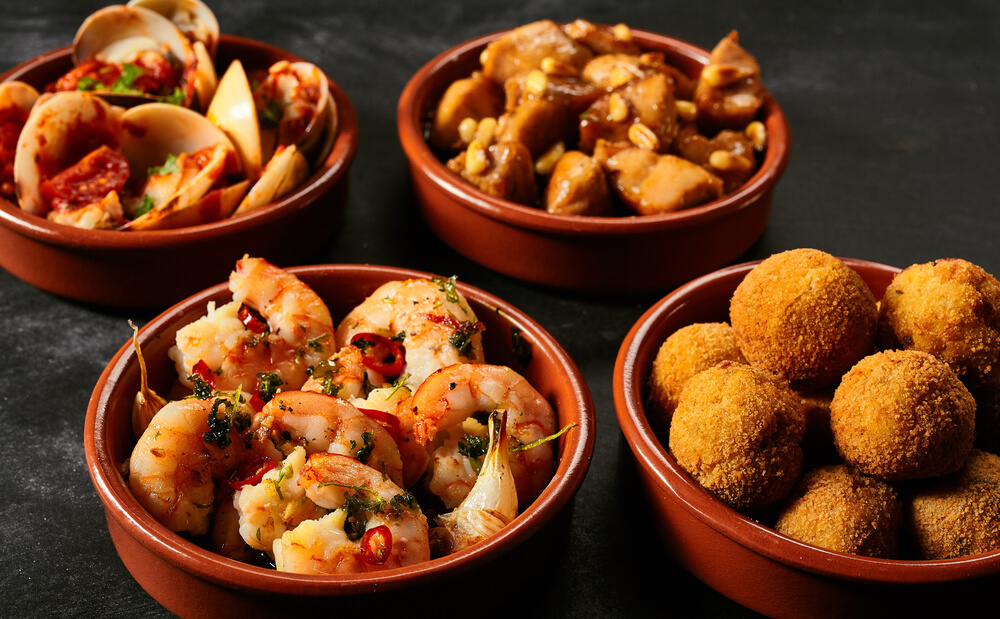

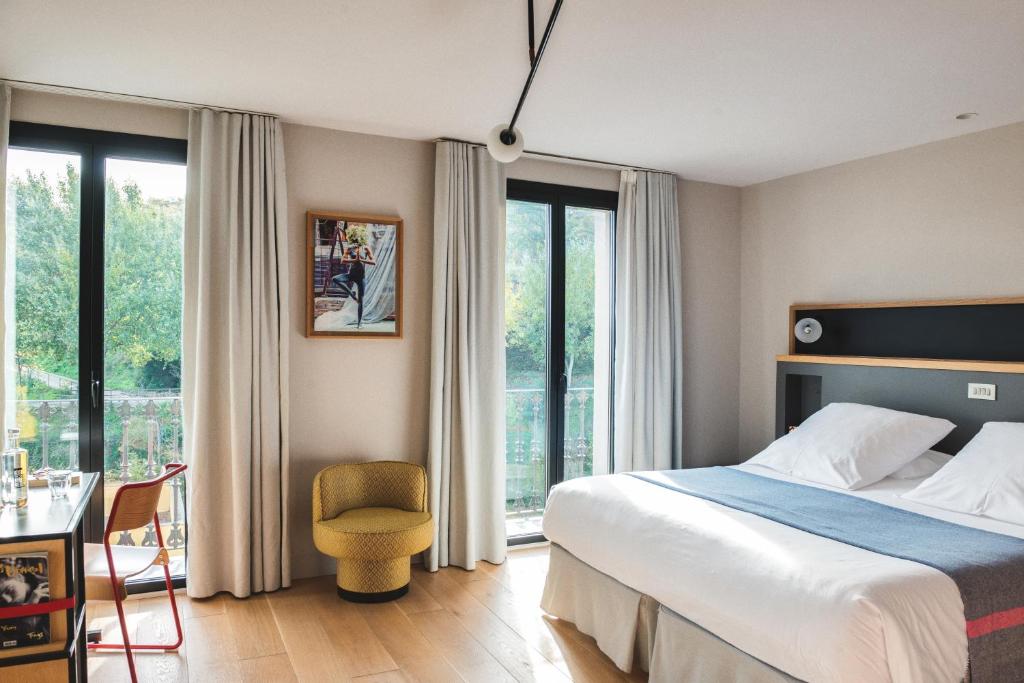


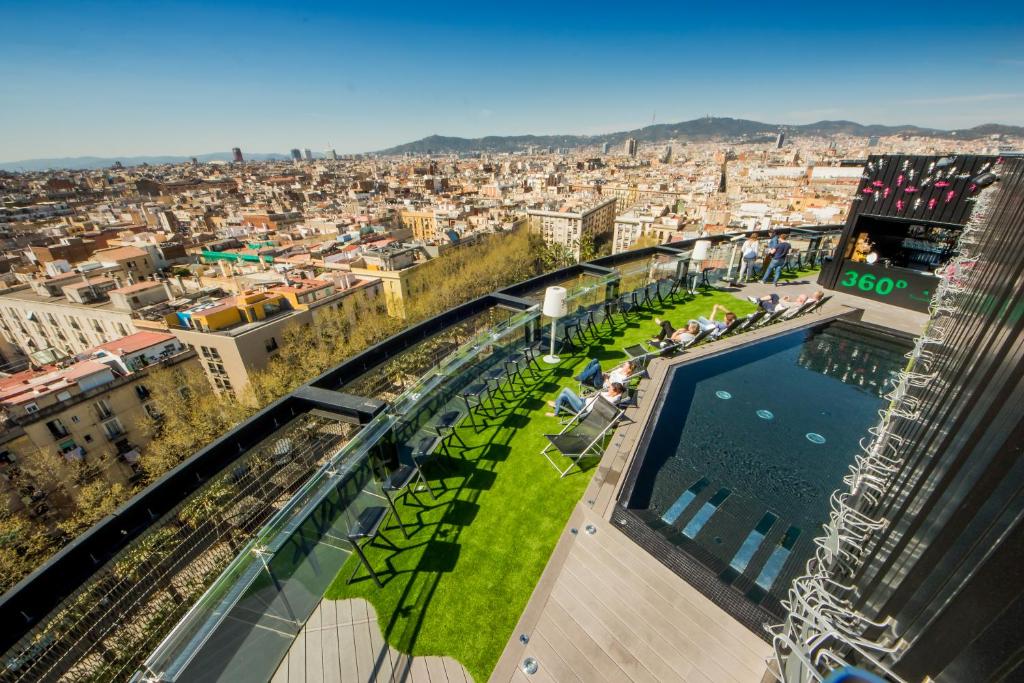
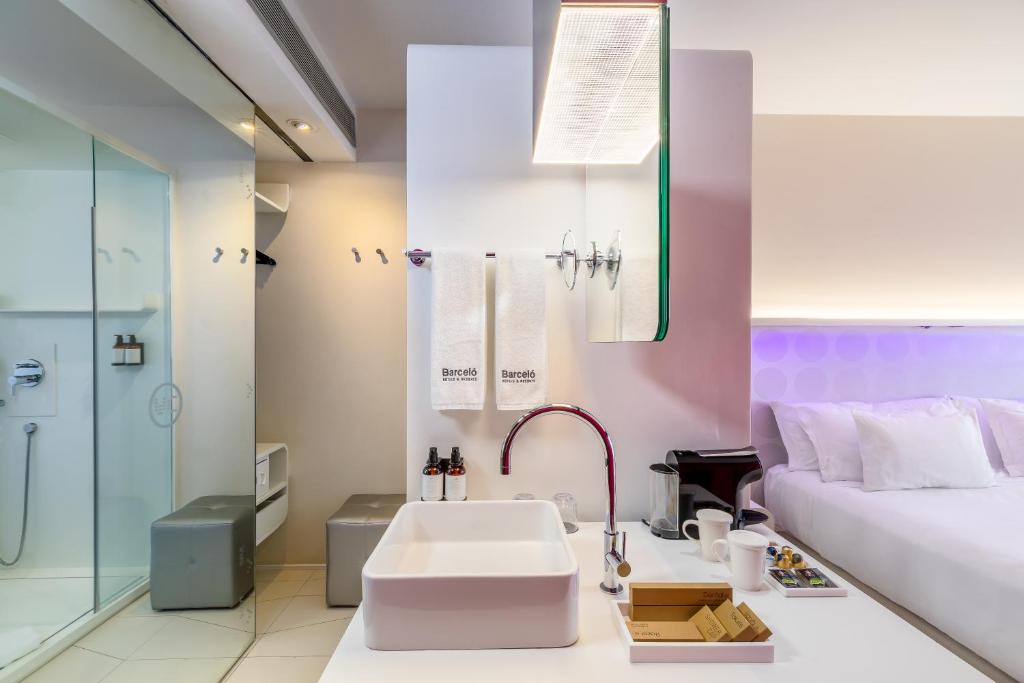

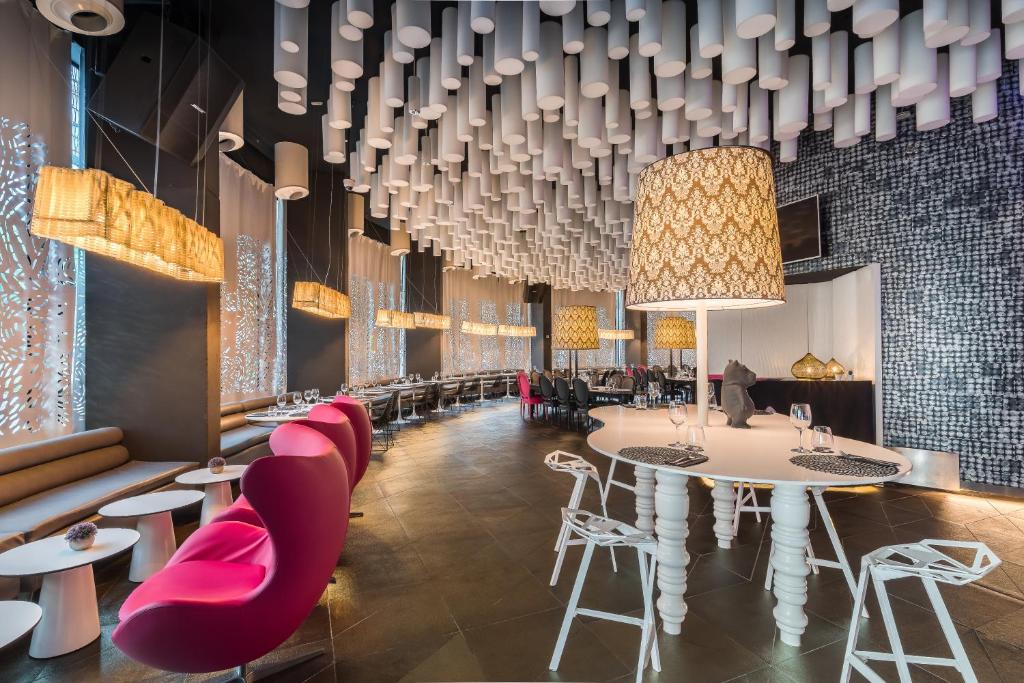

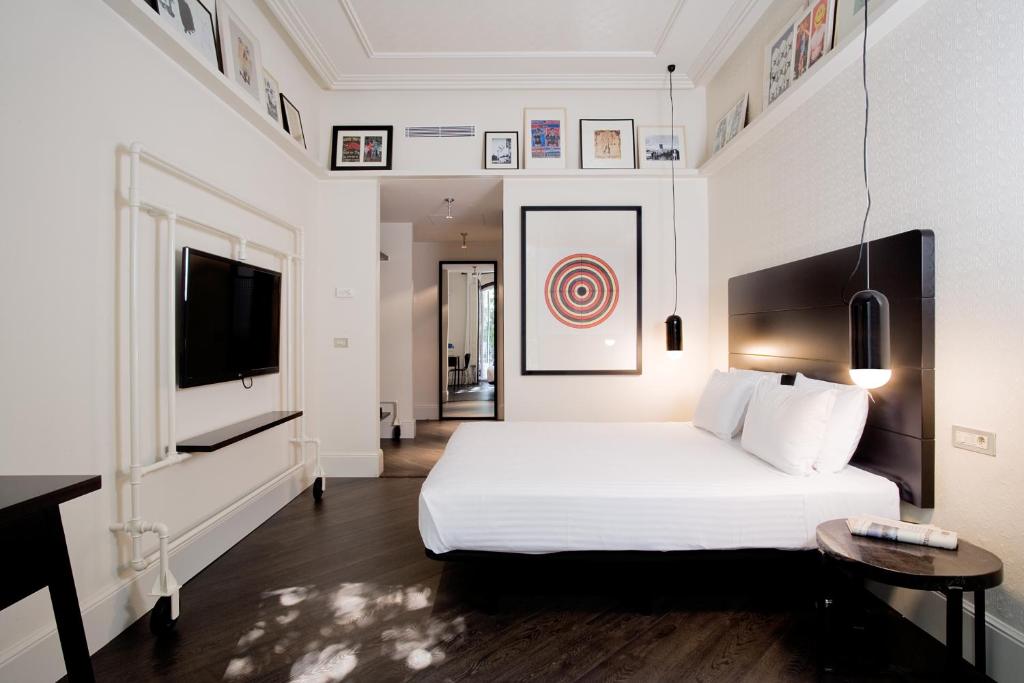



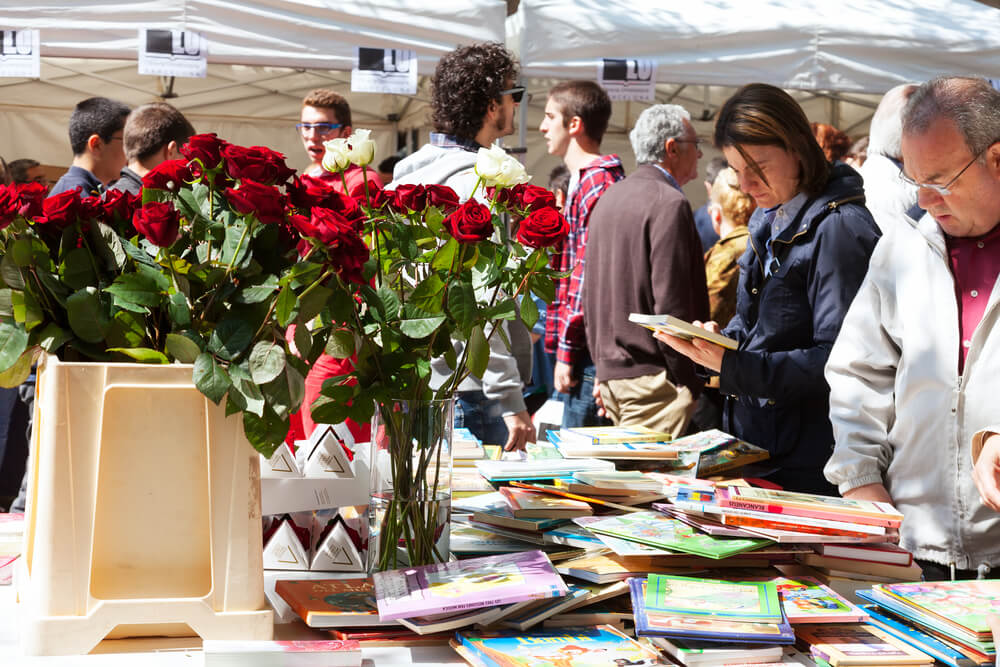

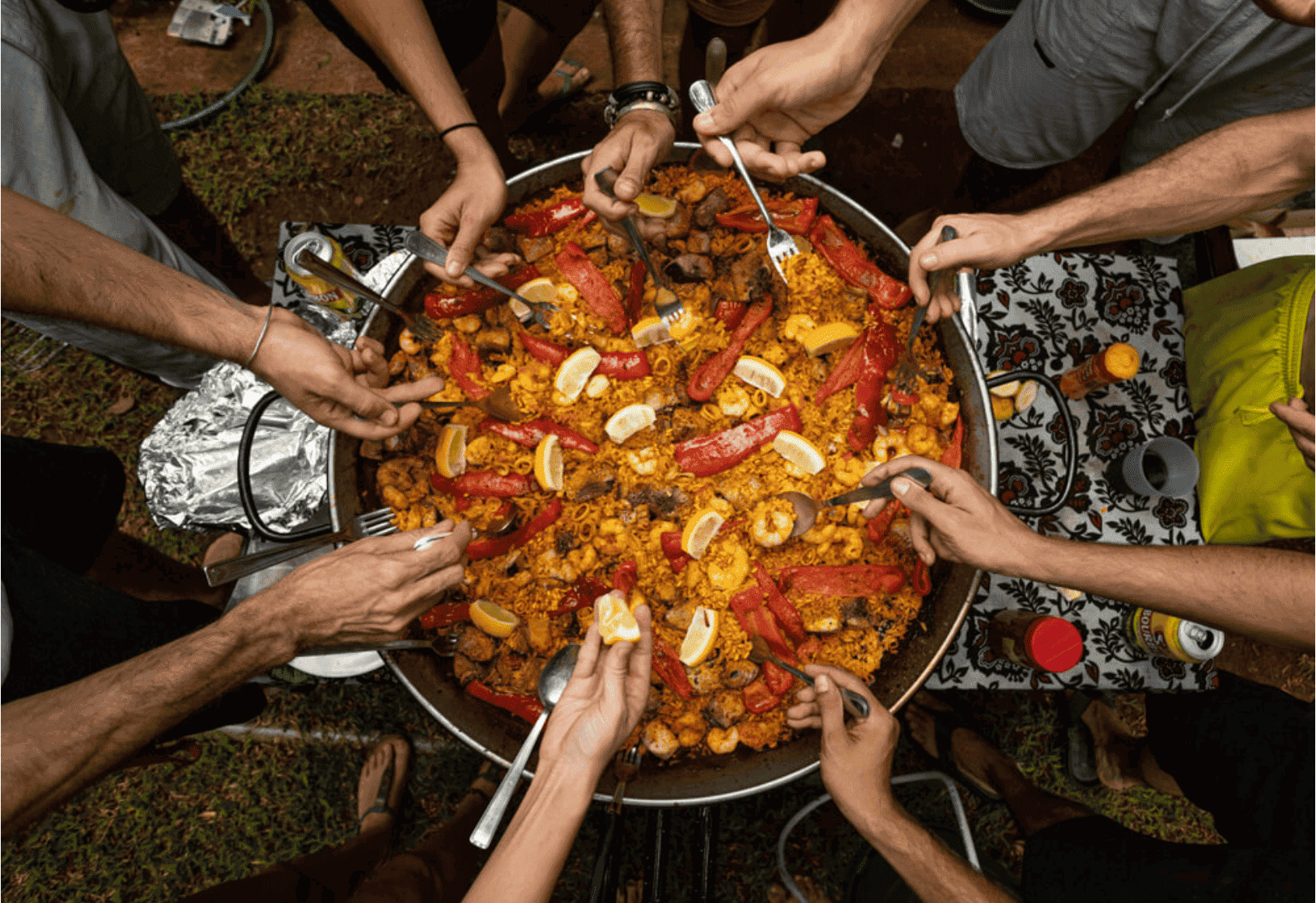
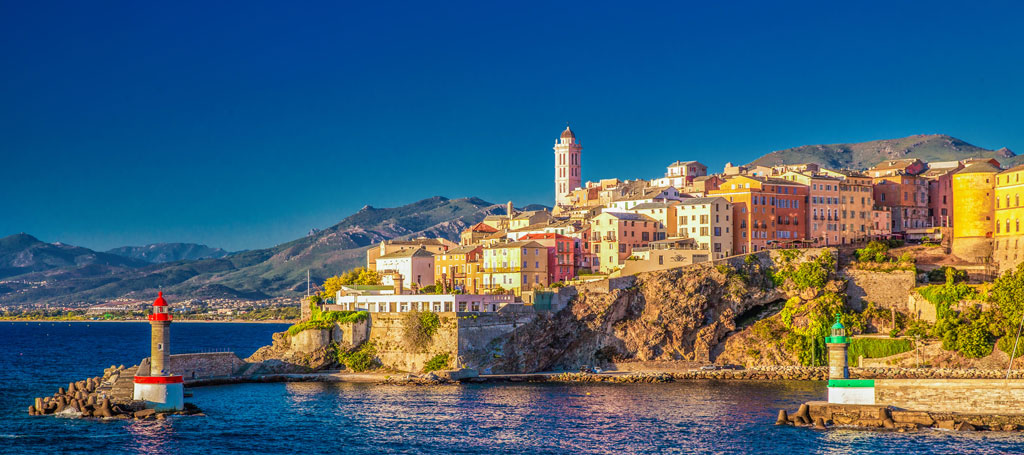
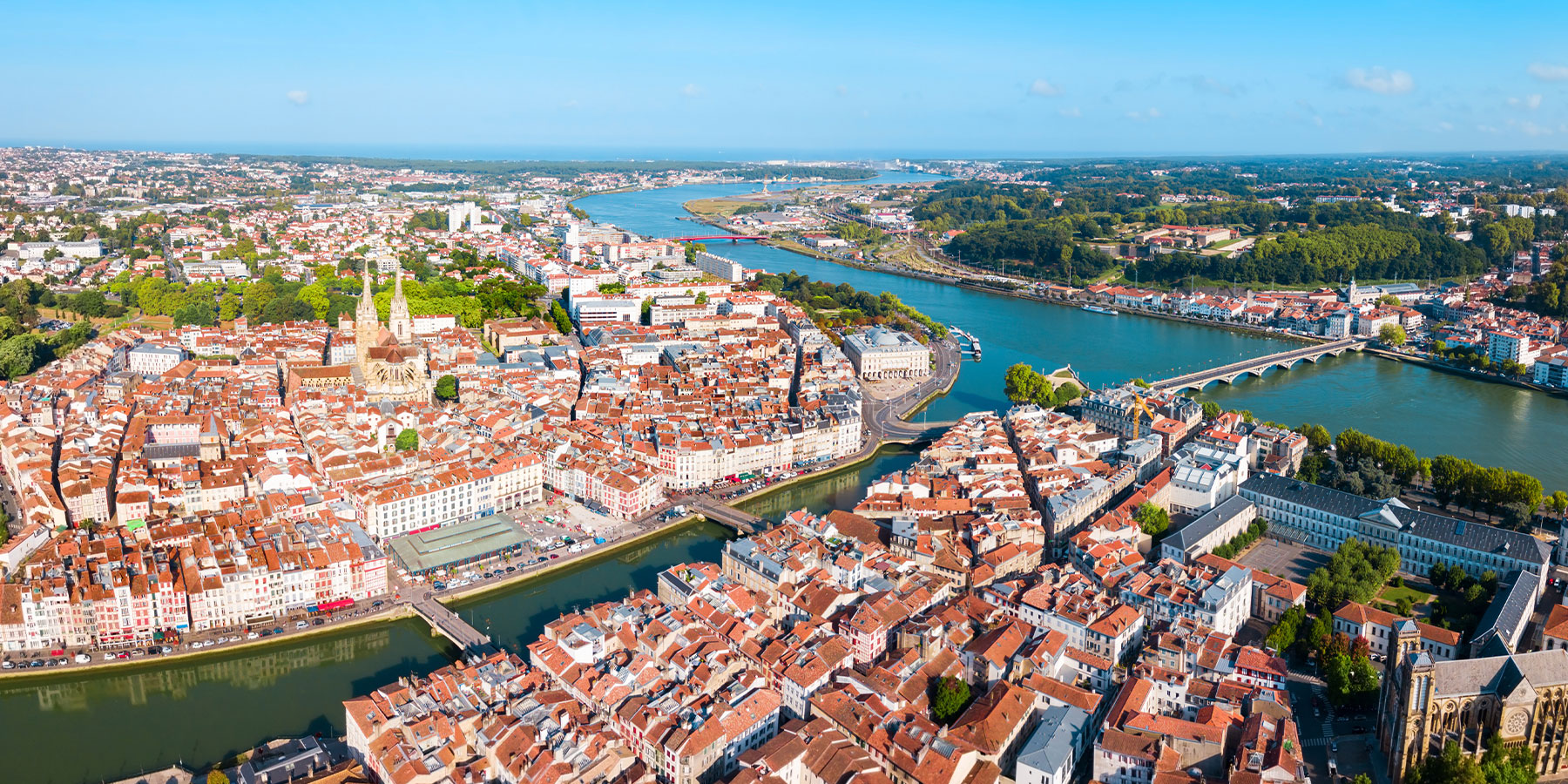
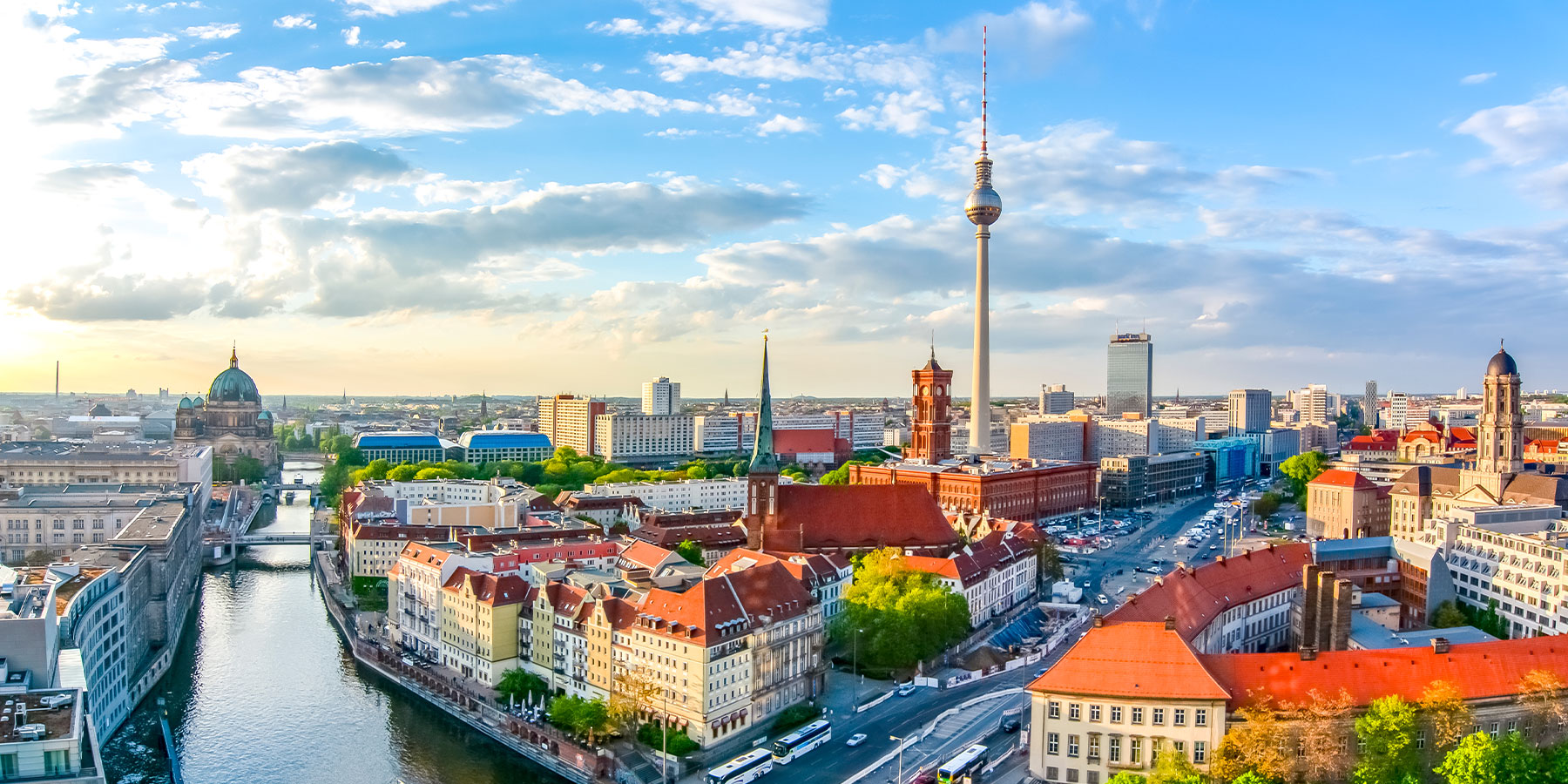


Comments